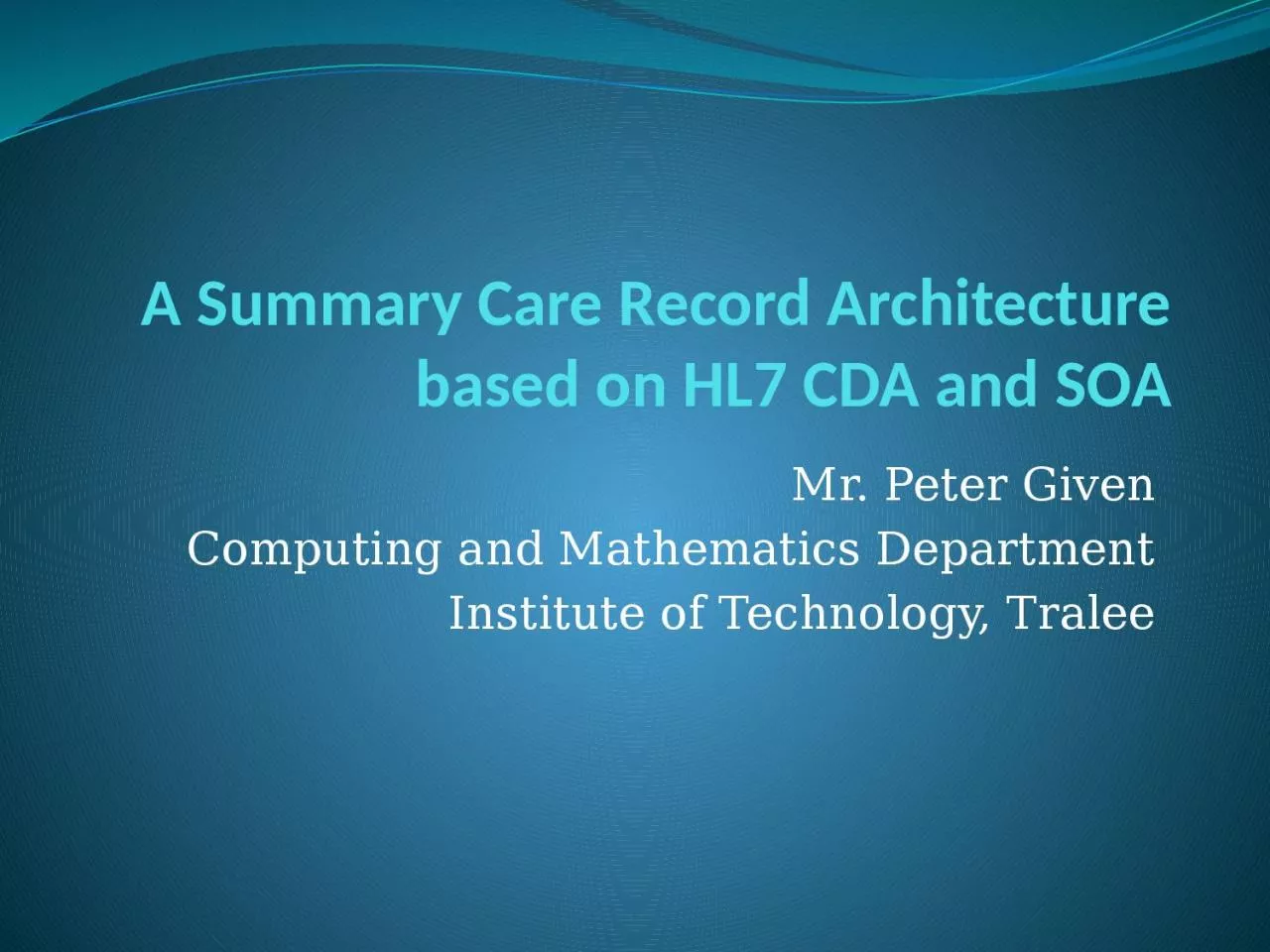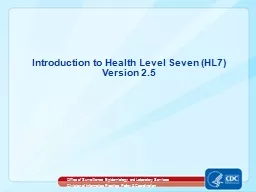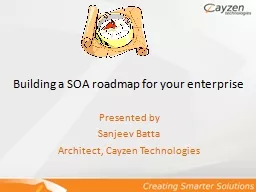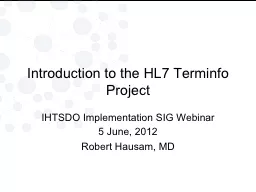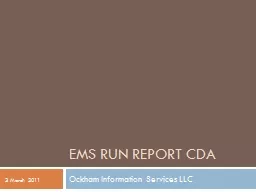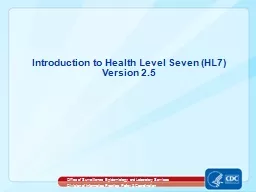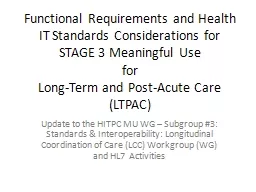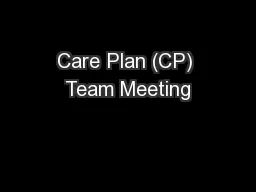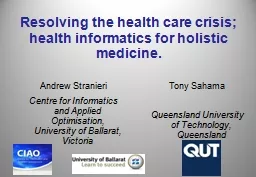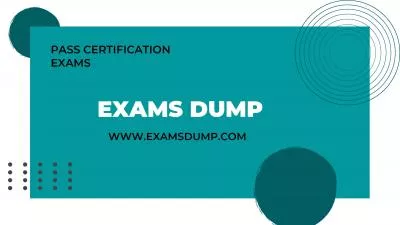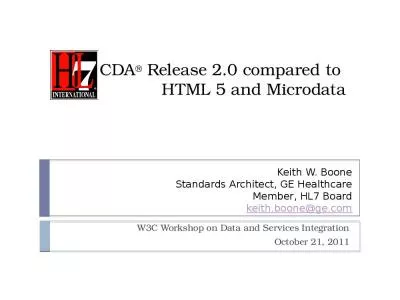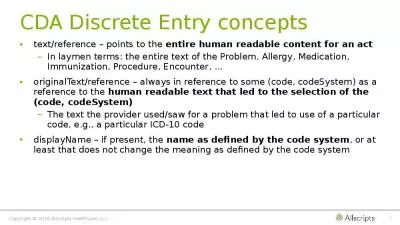PPT-A Summary Care Record Architecture based on HL7 CDA and SOA
Author : oneill | Published Date : 2024-01-03
Mr Peter Given Computing and Mathematics Department Institute of Technology Tralee Introduction This paper shows how Service Oriented Architectures can be combined
Presentation Embed Code
Download Presentation
Download Presentation The PPT/PDF document "A Summary Care Record Architecture based..." is the property of its rightful owner. Permission is granted to download and print the materials on this website for personal, non-commercial use only, and to display it on your personal computer provided you do not modify the materials and that you retain all copyright notices contained in the materials. By downloading content from our website, you accept the terms of this agreement.
A Summary Care Record Architecture based on HL7 CDA and SOA: Transcript
Download Rules Of Document
"A Summary Care Record Architecture based on HL7 CDA and SOA"The content belongs to its owner. You may download and print it for personal use, without modification, and keep all copyright notices. By downloading, you agree to these terms.
Related Documents

